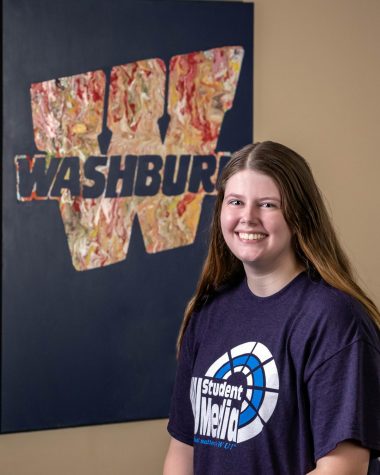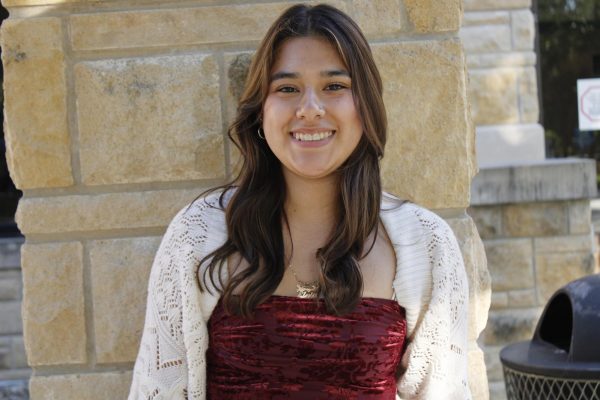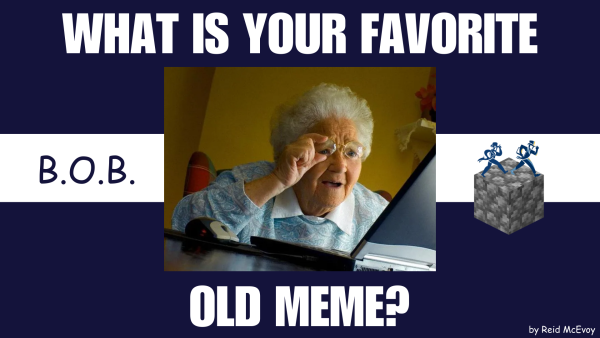Understanding a difficult disease
About 1.6 million Americans live with T1D, which includes about 200,000 people younger than 20 years old, according to jdrf.org.
Type 1 diabetes (T1D) is an autoimmune disease. In T1D, the pancreas ceases insulin production. Insulin is a hormone that allows the body’s cells to absorb glucose. Without insulin, glucose can’t get into the cells and instead remains in the bloodstream, causing numerous health issues and complications. Insulin must be administered to T1D patients through some type of injection. Injections can include an insulin pump or manual shots.
Type 2 diabetes (T2D) is usually diagnosed later in life and is primarily due to insulin resistance. Insulin becomes unable to bind to the body’s cells which renders it useless. Generally, the pancreas still produces insulin, but over time can stop this function. Through dietary changes and weight loss, some individuals can reverse their T2D. Oral antidiabetic medications can be used to treat T2D.
Hailey Houser, a sophomore radiology major, was diagnosed with Type 1 diabetes when she was 12 years old.
“I got sick out of nowhere. Luckily my mom noticed something was wrong. She took me to an express care and they thought I had Type 2 diabetes. My mom didn’t agree, so we went to my doctor. They sent me to the hospital, took tests, and diagnosed me with Type 1. I became insulin dependent since that day,” said Houser.
Although you can be diagnosed with diabetes at any age, onset is often in the teenage years. According to jdrf.org, it is estimated that by 2050, 5 million people in the U.S. will have T1D.
Clarissa Brittenham, senior nursing major, was diagnosed with T1D when she was two years old.
“I have taken my insulin through daily manual injections (shots) or through an insulin pump. When I was first diagnosed, the insulin pump was not approved by the FDA for children. In 1st grade, I was finally able to get an insulin pump. Since then I have used an insulin pump most of the time, occasionally switching back to shots to give my body a break from the pump,” said Brittenham.
Researchers do not know the exact cause of T1D, but there are some known triggers and onset factors.
“They believe that you have to have inherited the gene from a parent and they believe that there has to be an environmental trigger to cause the autoimmune disease,” said Sue Unruh, an instructor in the School of Nursing at Washburn University, who lives with T1D. “Theoretically it would be possible to have the gene and never have the trigger. The problem is, we don’t know what all of the triggers are.”
Type 1 diabetes is a monster of a disease. Those who suffer with it can’t simply just sit down, eat a meal, and relax.
“It really turned my world upside down,” said Houser. “I couldn’t just go eat. I’d have to count carbs and then I’d have to check my blood sugar and then I’d have to figure out how much insulin I’d have to take before I could even eat.”
Those with T1D must change their entire lifestyle in order to properly manage it. There is no cure.
“I wish people knew that patients with Type 1 diabetes can live long lives with minimal complications if they monitor their blood sugars and treat,” said Unruh. “Type 1 diabetics are not invalids. They’re out there playing sports. They’re hiking mount Everest. There’s a Type 1 gentleman who sailed around the world alone. Nothing is holding them back.”
Although it is by no means easy to monitor blood sugar 24/7, it is essential for those who suffer from T1D. Despite this burden, those with the disease are just as capable as any healthy person.
“There are some obstacles I had to jump through, but I was very active in high school. I was involved in dance, swimming, volleyball and other organizations. I just have to be aware of what my blood sugar is doing,” said Brittenham.
Those with T1D don’t want your pity, but rather your understanding. They are not less than any other person because of their disease and they are just as strong and capable as anyone else.
“I hate pity, but I do appreciate understanding,” said Unruh.
Judgement from others is not uncommon when it comes to T1D. There are some people who do not know the difference between Type 1 and Type 2 and need to be educated.
“You get judged pulling out an insulin pin and putting a needle on there and taking a shot. Some people don’t know what it is and sometimes they ask questions, but other times they just stare at you and it’s hard because you know when they’re staring at you, they’re judging you,” said Houser.
When you meet someone with T1D, consider listening rather than trying to fix their problem. It is crucial to remember that they have lived through this disease and you haven’t. They didn’t ask to get sick and even with diligent management, the disease can be unpredictable.
“I wish people understood that the only treatment option is insulin. I have had so many people tell me about this great pill that I can take to reverse diabetes and cure it or that I should just exercise more or stop eating candy. If I did these things, yes, my blood sugars would be better controlled, but the “amazing pill” they have will not do anything for me,” said Brittenham.
T1D is something that these people will have to endure for the rest of their lives. The best thing you can give them is your support and understanding. Every day is a new struggle.
“You have no choice. Within one hour of being without insulin, I start to get higher blood sugars. Within four hours, I’m sick, and within a day or less, I’m dead,” said Unruh. “If I could have anything, it would be to go 24 hours disease free. Just one glorious day.”
For more information on Type 1 diabetes, visit JDRF.org.
Edited by Adam White, Jason Morrison, Abbie Barth
Your donation will support the student journalists of Washburn University. Your contribution will allow us to purchase equipment and cover our annual website hosting costs.








